The Indian automobile market is on the cusp of one of its most exciting eras. From powerful electric SUVs like the Tata Harrier EV to globally designed hybrids like the Maruti Suzuki Victoris, and premium luxury cars such as the Mercedes-Benz CLA Electric, buyers in India have never had so many options to choose from. The next two years, from late 2025 to early 2026, will see a massive influx of launches in every segment—affordable hatchbacks, feature-packed SUVs, futuristic EVs, and even luxury imports.

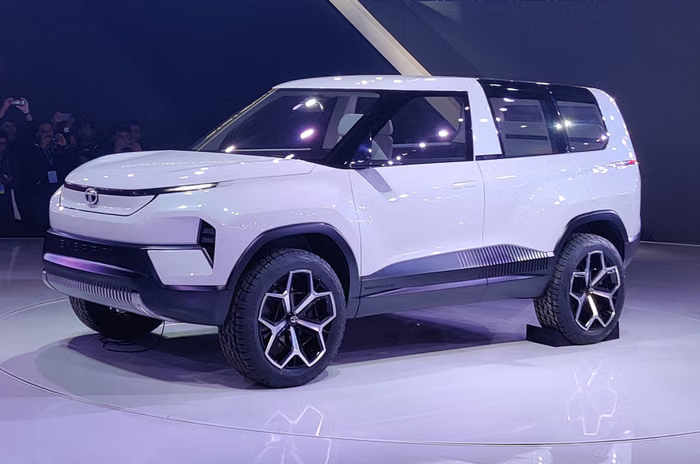
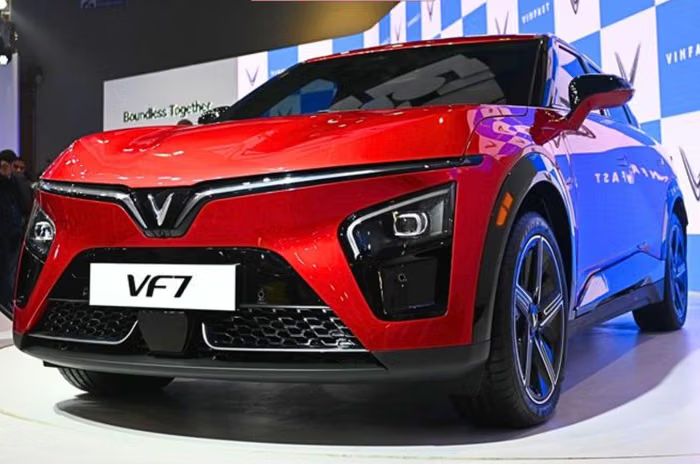

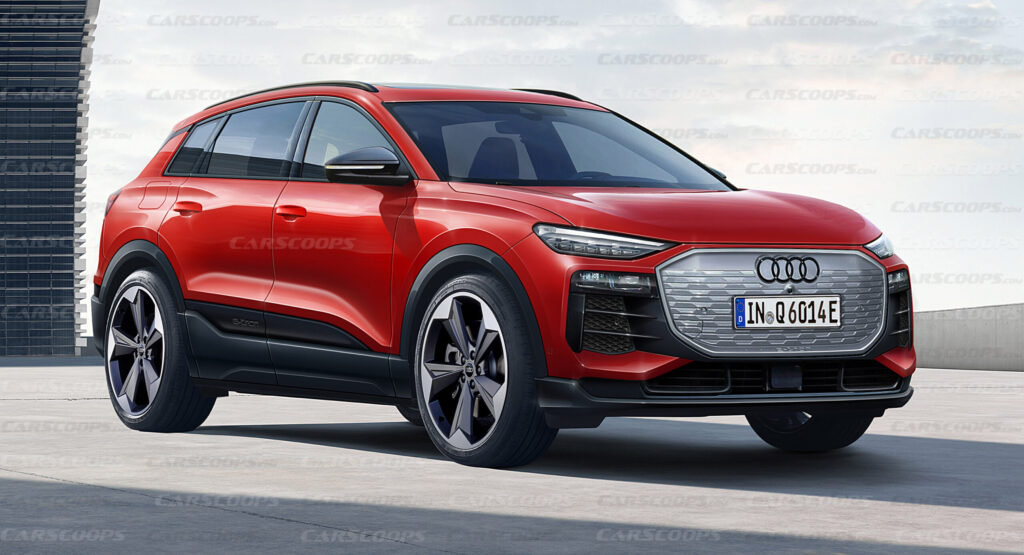
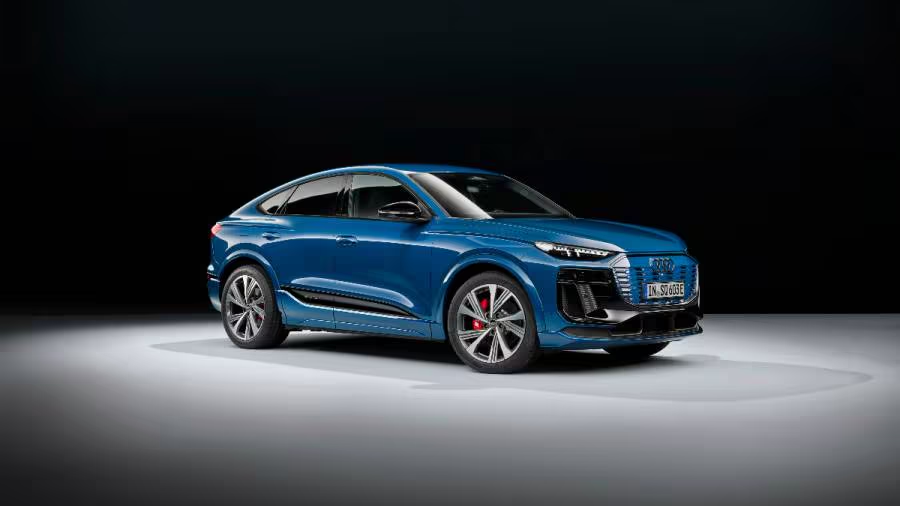

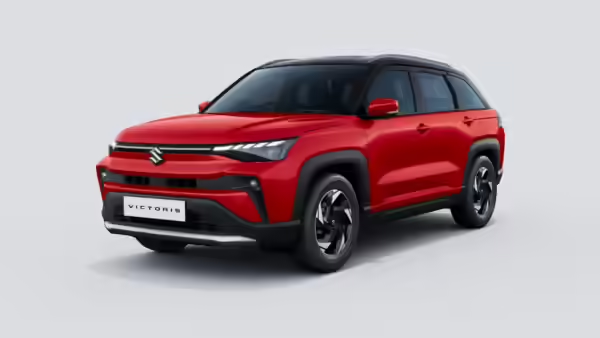
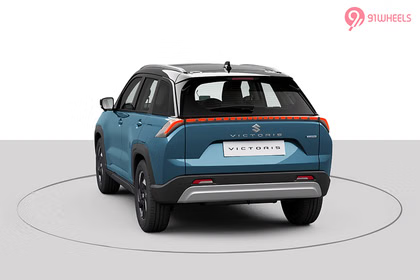
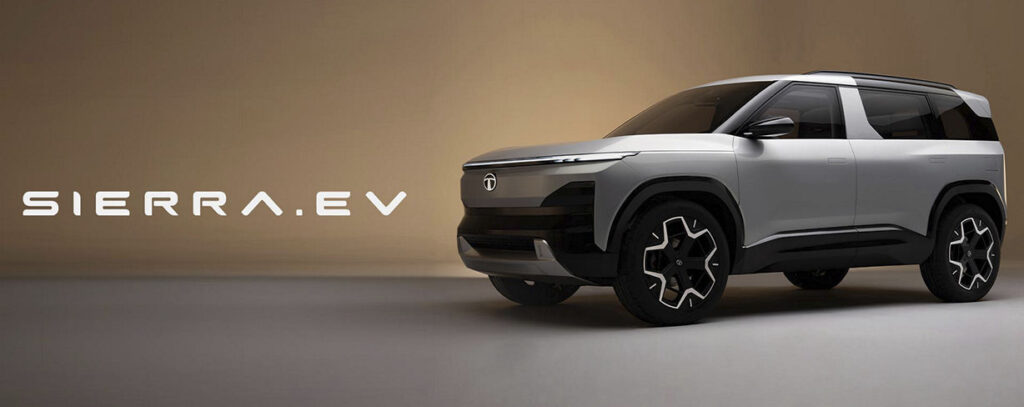
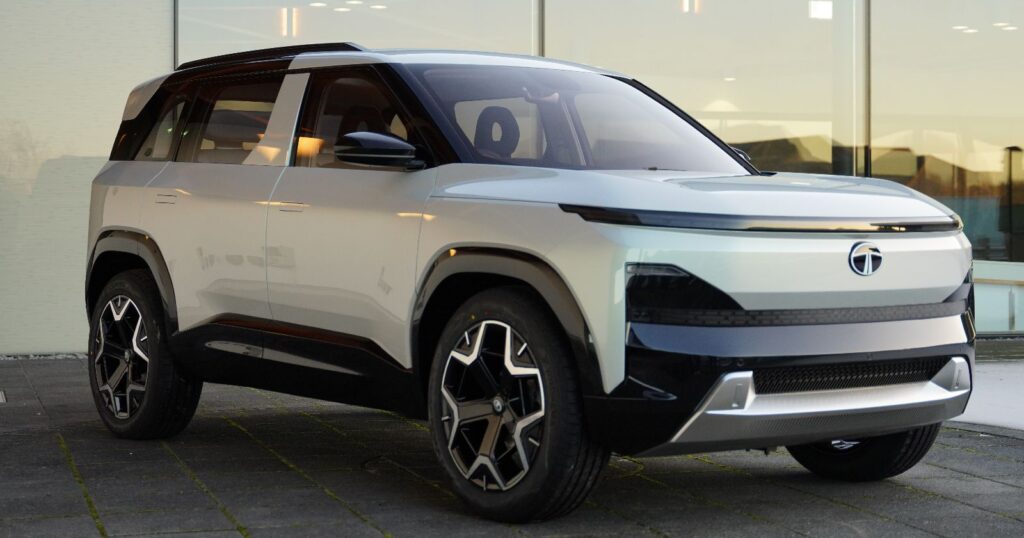
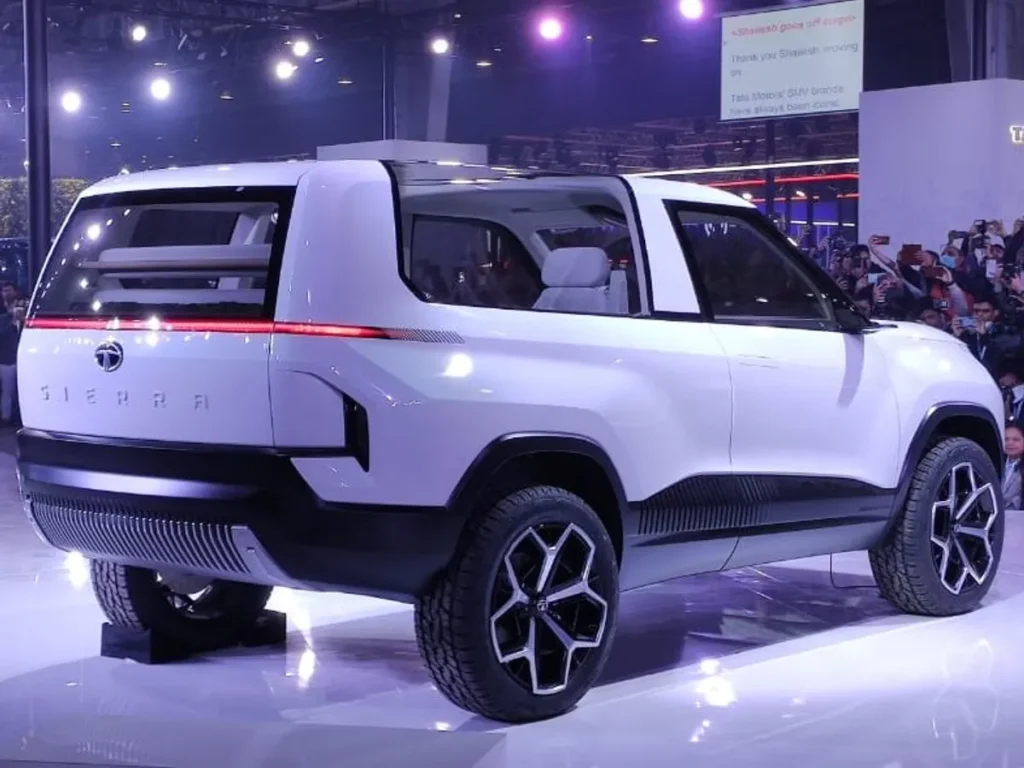
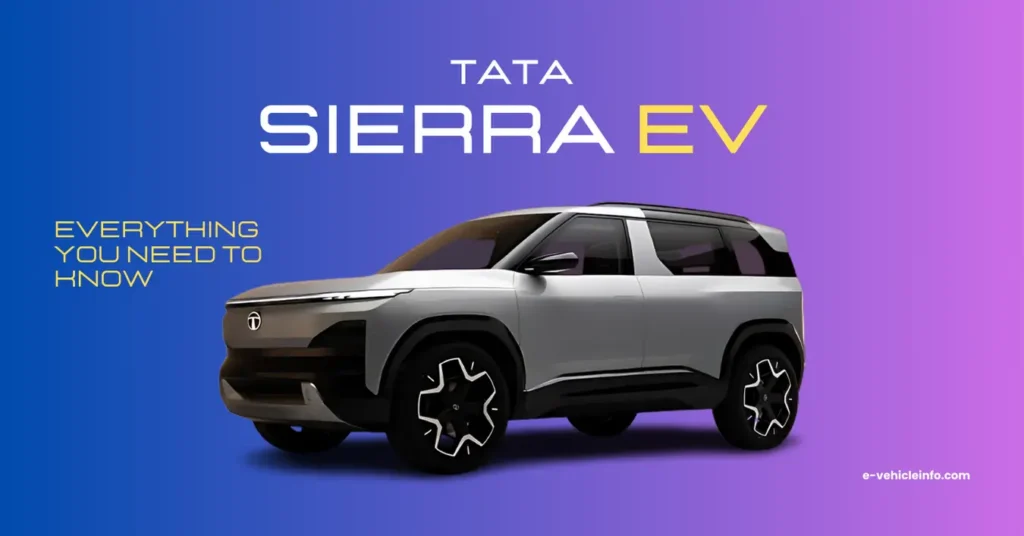
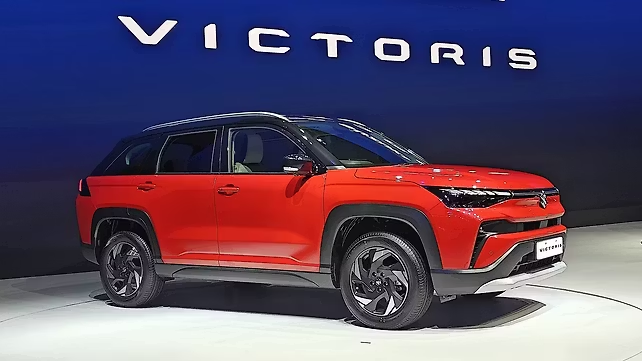
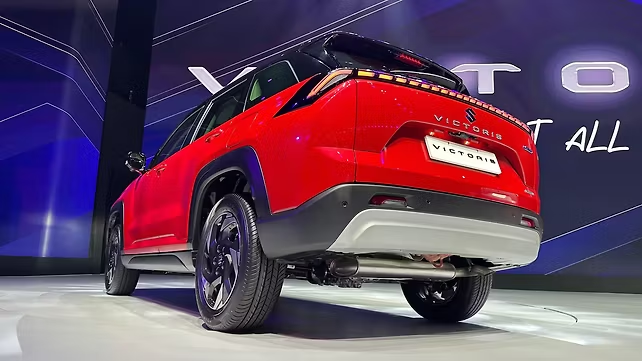
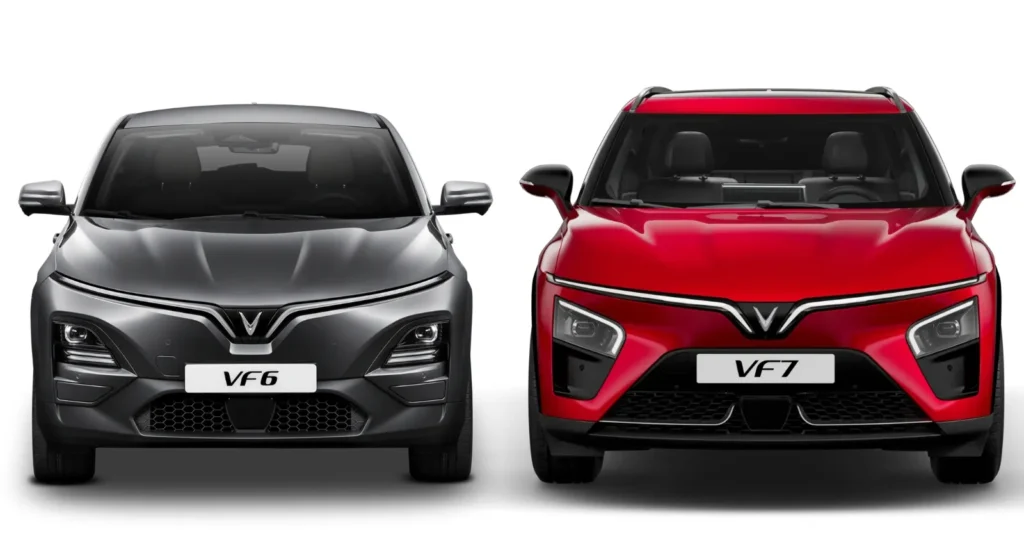
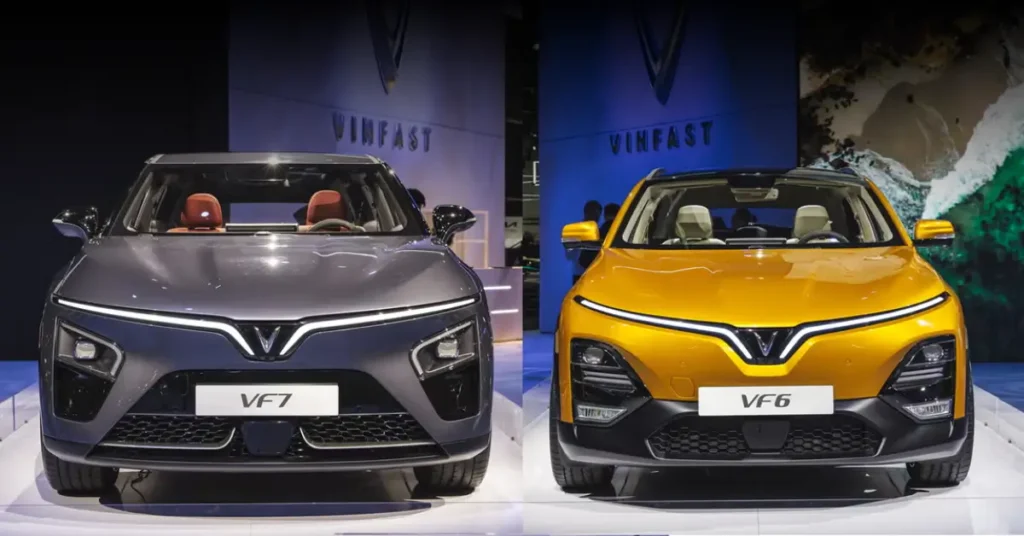
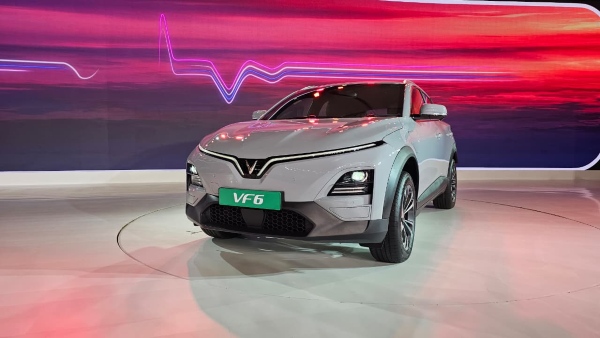
But with this growing list of upcoming models, the challenge for Indian car buyers is no longer just about choosing a car. It is about preparing correctly for the purchase—understanding budgets, evaluating features, exploring financing, researching resale value, and aligning the choice with personal lifestyle needs.
This article provides a comprehensive, 4000-word step-by-step guide on how to prepare for buying a new upcoming car in India. Along the way, we will also reference some of the most awaited launches like the Tata Punch Facelift, Mahindra Thar Facelift, Hyundai Venue 2025, and Maruti Suzuki e-Vitara to highlight examples.
Understanding the Upcoming Car Landscape in India

Why 2025–2026 is Special for Indian Car Buyers
India’s auto industry is undergoing a transformation driven by EV adoption, stricter safety norms, and rising consumer demand. Manufacturers are balancing between ICE (internal combustion engines), hybrids, and pure EVs, offering customers more choices than ever.
For example:
- Maruti Suzuki Victoris, launched in September 2025, blends CNG, mild-hybrid, and strong hybrid options with Level-2 ADAS and 5-star Bharat NCAP safety—making it ideal for value-conscious families.
- VinFast VF6 and VF7, from Vietnam’s fast-growing EV brand, signal a new era of competition in the electric SUV space.
- Tata Sierra EV (expected late 2025/early 2026) shows how Indian legacy brands are reimagining iconic names with electric technology.
The upcoming period is not just about new cars—it is about a whole new ecosystem: better safety, sustainable technologies, advanced infotainment, and financing options tailored for young buyers.
Step 1: Assess Your Needs Before Booking

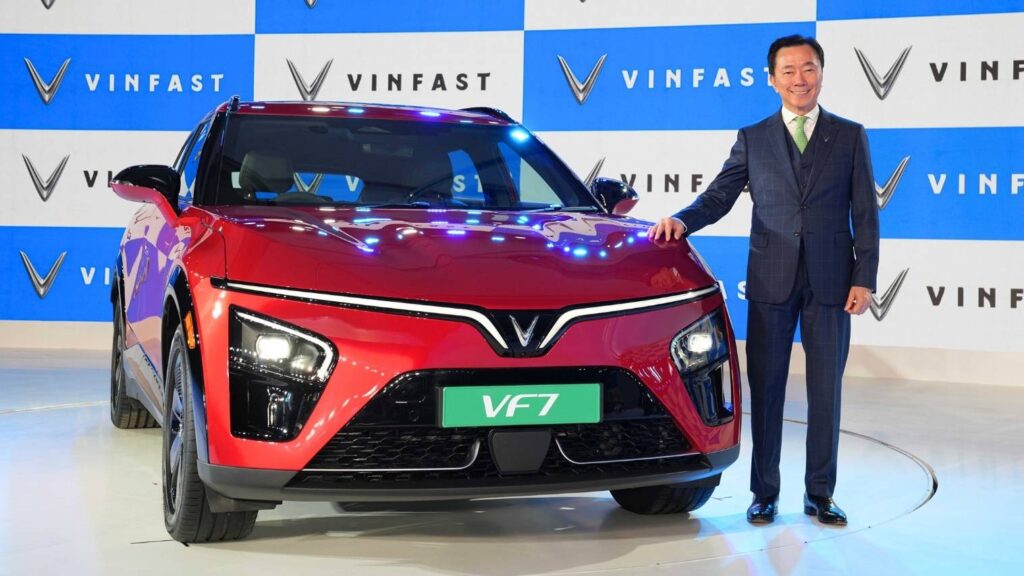




Buying a new car is often an emotional decision, but preparing involves aligning it with practical lifestyle needs.
Family Size and Usage
- For nuclear families or solo professionals, compact SUVs like the Tata Punch Facelift or Maruti Suzuki e-Vitara may be sufficient.
- For larger families, consider seven-seaters like the upcoming Maruti Grand Vitara 7-Seater.
Daily Commute vs Long Drives
- City commuters should lean toward hybrids or EVs that offer lower running costs (e.g., Toyota Urban Cruiser EV).
- Long-distance travelers might benefit from larger SUVs with diesel or hybrid engines, like the Hyundai Tucson 2025.
Lifestyle Choices
- Off-road enthusiasts can wait for the Mahindra Thar Facelift (Sept 2025).
- Luxury seekers should explore models like the Audi Q6 e-tron or Mercedes-Benz CLA Electric.
Step 2: Research the Market Thoroughly




Follow Upcoming Launch Trackers
Websites such as CarWale, CarDekho, HT Auto, Autocar India, CarandBike, and V3Cars regularly update launch dates, expected prices, and features. Creating a launch calendar helps you time your purchase.
For example:
- 15 September 2025 is a big day with launches like the Tata Punch Facelift, Audi Q6 e-tron, and Mercedes CLA Electric.
- 25 September 2025 brings the Mahindra Thar Facelift and Volvo EX30.
Compare Variants and Price Bands
Don’t just look at the base price. Compare mid and top variants—features like ADAS, 360-degree cameras, connected car tech, or AWD often justify spending more.
Step 3: Prepare Your Budget
Ex-Showroom vs On-Road Cost
When carmakers announce “₹12 lakh starting price,” remember this is ex-showroom. On-road costs in India can be 25–30% higher, including:
- Road tax
- Registration charges
- Insurance
- Extended warranty
- Accessories
For example, the Mahindra Thar Facelift may start at ₹12 lakh ex-showroom, but on-road prices in metros could cross ₹15 lakh.
Down Payment and EMI Planning
Decide how much you can pay upfront. Most banks require at least 10–15% down payment. Use online EMI calculators to align your monthly installments with income stability.
Future EV Costs
If opting for EVs like Tata Harrier EV or Volvo EX30, factor in the cost of installing a home charger (₹60,000–₹1,20,000) and possible increases in electricity bills.
Step 4: Explore Financing and Loan Options
Car loans in India are offered by public banks, private banks, and NBFCs. Interest rates in 2025 hover around 8–11% depending on credit scores.
Tips:
- Compare offers from multiple banks before finalizing.
- Check for special tie-ups: many OEMs (e.g., Tata, Hyundai, Maruti) collaborate with banks for low-interest festive season schemes.
- If buying an EV, check for state government subsidies (like Delhi EV Policy).
Step 5: Evaluate Safety and Technology


Bharat NCAP Ratings
Post-2024, Bharat NCAP safety testing has become a benchmark. Cars like the Maruti Suzuki Victoris and Tata Harrier EV scored 5-star ratings—making them more trustworthy for families.
ADAS Features
Level-2 ADAS, now common in SUVs like the Victoris and Tucson, includes adaptive cruise control, lane-keep assist, and automatic emergency braking. When choosing between variants, these features can be lifesaving.
Step 6: Consider Ownership Costs
Fuel and Maintenance
- Petrol cars: lower upfront cost but higher running cost.
- Diesel cars: better mileage, but shrinking availability due to emissions norms.
- Hybrids: balance of mileage and convenience.
- EVs: cheapest running cost but higher upfront price and uncertain long-term battery replacement cost.
Insurance Premiums
Luxury cars like the Audi Q6 e-tron will attract higher premiums than compact SUVs. Always calculate insurance before committing.
Step 7: Test Drive and Compare
Before finalizing, always test drive multiple cars in the same price range. For example, if considering a ₹15 lakh SUV:
- Compare Mahindra Thar Facelift with Tata Punch Facelift and Hyundai Venue.
- Check driving comfort, visibility, rear seat space, and boot capacity.
Step 8: Decide the Right Time to Buy
Launch Period vs Festive Discounts
Buying right at launch ensures you get the latest features, but festive seasons (Diwali, Dussehra) often bring discounts or financing schemes.
For example, Hyundai may offer special loan schemes for the Tucson around Diwali 2025.
Resale Value Considerations
Buying at launch means higher resale later, as you’ll own one of the earliest models. Waiting for facelifts (e.g., Maruti Venue) may give you better deals on outgoing models.
Step 9: Pre-Booking and Waiting Periods
Why Pre-Booking Helps
With high-demand cars like the Tata Sierra EV or Maruti e-Vitara, waiting periods may stretch to 6–12 months. Pre-booking secures your spot in line.
Risks of Pre-Booking
- Final pricing may differ from expected price.
- Delivery delays are common in EVs.
Always book through authorized dealers only, and clarify refund policies.
Step 10: Preparing Your Home for an EV (Optional)
If buying EVs like the VinFast VF7 or Volvo EX30, preparing your home is as important as preparing your budget.
- Check if your building supports EV charger installation.
- Consider subscribing to fast-charging networks.
- Plan long drives with charging stops in advance.
Industry Trends That Buyers Should Know
Hyundai Motor India
Plans to launch 26 models by FY2030, including six EVs. This means Hyundai buyers can expect steady updates and better charging support.
Renault India
With a $600M investment, Renault is revamping its Indian portfolio with three new SUV/family models—a great choice for those seeking affordable yet stylish designs.
Stellantis (Citroën & Jeep)
Expanding with petrol and EV models in India, offering buyers a wider global brand choice.
Conclusion: Preparing for the Right Car at the Right Time
Buying a new upcoming car in India is no longer just about choosing the right color or variant. It’s about holistic preparation—budgeting smartly, researching features, aligning lifestyle needs, securing financing, and planning for long-term ownership.
Whether you are waiting for the rugged Mahindra Thar Facelift, the futuristic Tata Sierra EV, or a luxury electric model like the Audi Q6 e-tron, the preparation you do today will ensure that your purchase tomorrow is rewarding, safe, and future-ready.
India’s car market is evolving faster than ever. Buyers who prepare well will not only get the car they love but also enjoy financial stability, driving confidence, and peace of mind for years to come.
